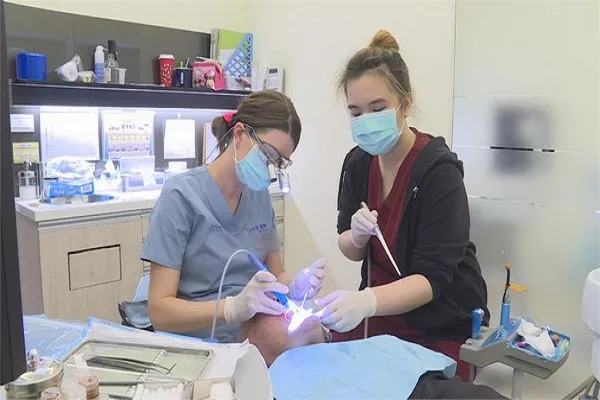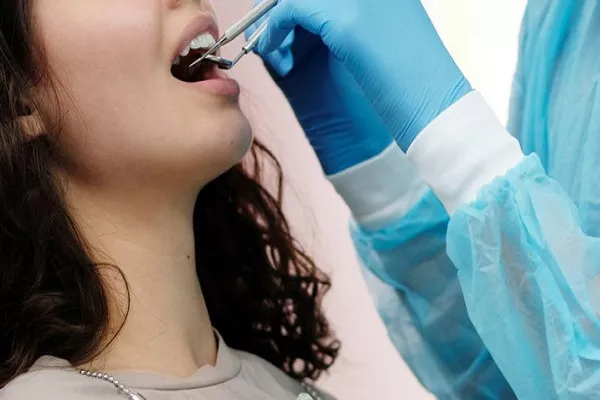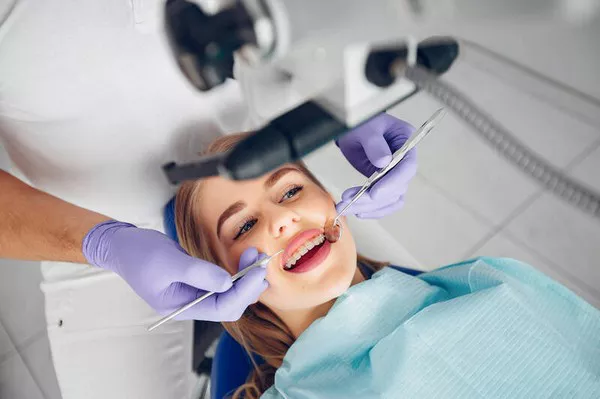After undergoing a dental filling, one common question that arises is, “How long after a dental filling can I eat?” Understanding the appropriate timeline for resuming regular eating habits is crucial for the success of the dental procedure and the patient’s comfort. In this article, we will delve into a comprehensive guide to help individuals navigate the post-filling period, ensuring optimal healing and a smooth return to their normal diet.
Immediate Post-Filling Period: Give it Time
Avoid Immediate Eating:
After a dental filling, it’s advisable to avoid eating for at least 1 to 2 hours. This allows the filling to set and harden properly, minimizing the risk of damage or displacement.
Be Mindful of Numbness:
Dental procedures often involve the use of local anesthesia, which can leave the mouth and lips numb for a few hours. Attempting to eat while still numb may lead to unintentional biting or injury.
First Few Hours After the Filling: Choose Wisely
Start with Soft Foods:
In the first few hours post-filling, opt for soft foods that require minimal chewing. This reduces stress on the treated tooth and allows for a more comfortable eating experience.
Cool or Lukewarm Foods:
Choose foods and beverages that are cool or lukewarm to avoid temperature sensitivity. Extreme hot or cold items may cause discomfort to the freshly filled tooth.
The Next 24 Hours: Gradual Resumption of Diet
Continue with Soft Foods:
For the next 24 hours, maintain a diet that consists of softer foods to ease back into regular eating. This includes options like soups, yogurt, mashed potatoes, and smoothies.
Avoid Hard and Sticky Foods:
Steer clear of hard and sticky foods that can place excessive pressure on the filled tooth or potentially dislodge the filling. This precautionary measure helps protect the newly restored tooth.
48 Hours Post-Filling: Assess Comfort Levels
Introduce Regular Foods Gradually:
After 48 hours, consider introducing regular foods gradually. Start with items that are easy to chew and not too crunchy or abrasive on the filled tooth.
Be Attuned to Sensitivity:
Pay attention to any lingering sensitivity or discomfort during and after eating. If sensitivity persists, it’s advisable to stick to a softer diet and consult with your dentist if needed.
Long-Term Considerations: Listen to Your Body
Maintain Good Oral Hygiene:
As you resume your regular diet, continue to maintain good oral hygiene practices. Brush and floss gently to avoid putting excessive pressure on the filled tooth.
Monitor for Issues:
Keep an eye out for any unexpected issues such as pain, swelling, or changes in bite. If you notice anything unusual, promptly consult with your dentist for further evaluation.
Conclusion
The timeline for eating after a dental filling involves a gradual approach to ensure the success of the procedure and the patient’s well-being. From abstaining from immediate eating to choosing soft foods in the initial hours, this guide provides a structured approach to post-filling nutrition. The key is to listen to your body, be mindful of potential sensitivities, and introduce regular foods gradually as comfort levels permit. By following these guidelines and staying attuned to your oral health, you can navigate the post-filling period with confidence, allowing your newly restored tooth to thrive.
Why do my teeth hurt 2 weeks after filling?
How much for teeth cleaning and filling?
How much for filling at dentist?
































